Your Cart is Empty
Free Shipping over $150 (Excludes Oversized Products)
Menu

0
Your Cart is Empty
Free Shipping over $150 (Excludes Oversized Products)
Free Shipping over $150 (Excludes Oversized Products)

Your Cart is Empty
Free Shipping over $150 (Excludes Oversized Products)
by David Kranker 4 min read
If you sand porous products like lower or medium-density fibreboard, you know how difficult it can be to prep them for painting or clear coating. Sometimes you have to use multiple layers of coating, and even then the results come out spotty.
With sanding sealer, you can tackle these projects more efficiently and get a better color consistency. Work that used to take days to finish can be completed within a day, making your workshop more productive.
In this blog, the team atRed Label Abrasives will explain what sanding sealer is, how it works, and when you should use it to get best results.
Sanding sealer is lacquer or another basic coating that contains zinc stearate. As a soft, fluffy soap, stearate gives the lacquer loft, allowing it to build up faster and fill in pores more efficiently. As well as softening the lacquer, it acts as a lubricant, so that its powders come off easily. The characteristics of sanding sealer make it ideal for reducing the number of coats and time spent sanding. This is especially useful when attempting to create a smooth, pore-free finish.
By sealing the pores of the wood, sanding sealers help improve the condition of ensuing coats of paint or finish. As the pores are sealed, the coating can spread out and cover the surface rather than being absorbed quickly. Drying within an hour, sanding sealer aids in the creation of a smooth, even, and color-consistent surface finish.
Sanding sealer is mainly used in woodworking applications. Common uses include:
Smoothing out raised wood grain
Sealing knots in wood
MDF (medium-density fiberboard) painting
Oriented strand board (OSB) painting
Adding a finish to wood furniture and cabinets
Coating hardwood floors before applying oil or polyurethane
Polyurethane and shellac, both clear coatings, are sometimes used to seal wood pores prior to painting. Sanding sealer is similar to these products, but with one major difference: the zinc stearate additive, which presents the following benefits:
Forming a more substantial build. This allows you to sand it more easily.
Serving as a lubricant to lessen drag while sanding.
Helping to crush the sealer into dust.
Does not gum up the sandpaper, unlike polyurethane and shellac.
Easy to clean up: water-based sanding sealers can be cleaned up with soap and water. while polyurethane and shellac require acetone or paint thinner.
Woods such as cedar, spruce, and poplar are porous enough to soak up the first few layers of lacquer as if nothing had been applied. Even when pore filler is used, certain woods, such as walnut and mahogany, require a good bit of sanding before the pores are leveled. The material of choice in both cases would be something that builds up quickly and can be sanded easily.
Sanding sealer should be applied after the wood has been sanded down to a bare finish, but before the topcoat (such as paint). Sanding sealer is not recommended on stained surfaces because the sanding process will scuff away the stain.
Sanding sealer is a toxic substance and should be handled with caution.
Only use in well-ventilated areas.
Wear latex gloves and wear protective clothing when handling methylethoxy propanol, as it can be absorbed through the skin.
Wear breathing protection. The fine, airborne dust produced by sanding sealers can irritate breathing passages.
To use sanding sealer, take the following steps:
Sand the Wood:Using a hand or oscillating sander, sand the wood to its bare surface. Sanding sealer will smooth the surface, but you should make the bare wood as clean as possible first. Once done, use a shop vac to clear away the wood dust and go over the surface with a cloth.
Mix and Apply the Sanding Sealer:Use a paint stick to gently mix the sanding sealer, taking care to avoid creating bubbles. Then, using a paintbrush, cover the wood surface with a thin layer of the sealer.
Sand Down the Sealer:Once the sanding sealer has dried for at least an hour, sand it with a fine-grit (240 grit and up). Use the shop vacuum to remove the sanding sealer dust, followed by clean rags to clean up any remaining dirt. After cleaning off the dust, you can paint or clearcoat the surface.
Like most products, there are tips for using sanding sealer more effectively. Below are some insights and strategies to keep in mind when applying it.
Only apply one or two coats at most, and sand off most of it afterwards.
Sand the sealer down gently. You want to smooth down the product, not sand through to bare wood. If you happen to remove the sealer during the sanding process, repeat the process. Clean the wood, apply a second coat, and sand it again.
Because of its tendency to shrink as it dries, sanding sealer shouldn't be used in place of pore filler.
Try switching to an oil-based sanding sealer if your water-based sealer is raising the grain too much.
Stain should not be applied over sanding sealer. Wood stains need to soak into the pores of the wood in order to work properly. Sanding sealer prevents this from happening: the stain will remain on the surface.
Sanding sealer can make it easier to get quality results with your woodworking projects. To ensure that you don’t compromise the sealer, you will need to use afine-grit (240+) sandpaper designed to smooth surfaces without leaving scratches or abrasions.
Red Label Abrasives manufacturessanding sheets, sanding discs, sanding belts, and other abrasives in the grit range you need to work successfully with sanding sealers. Our products are premium quality and have a working life that presents an excellent return on investment. To place an order or speak to one of our abrasive technicians, please fill out ourcontact form or call 844-824-1956.
David Kranker is a writer and creative maker who has been covering the abrasive and woodworking industries on the Red Label Abrasives Blog since 2020. David spends his time continually researching sanding and woodworking to provide readers with the latest and greatest information. In his free time, David utilizes abrasives for many different home and auto projects at his home in Delton, MI.
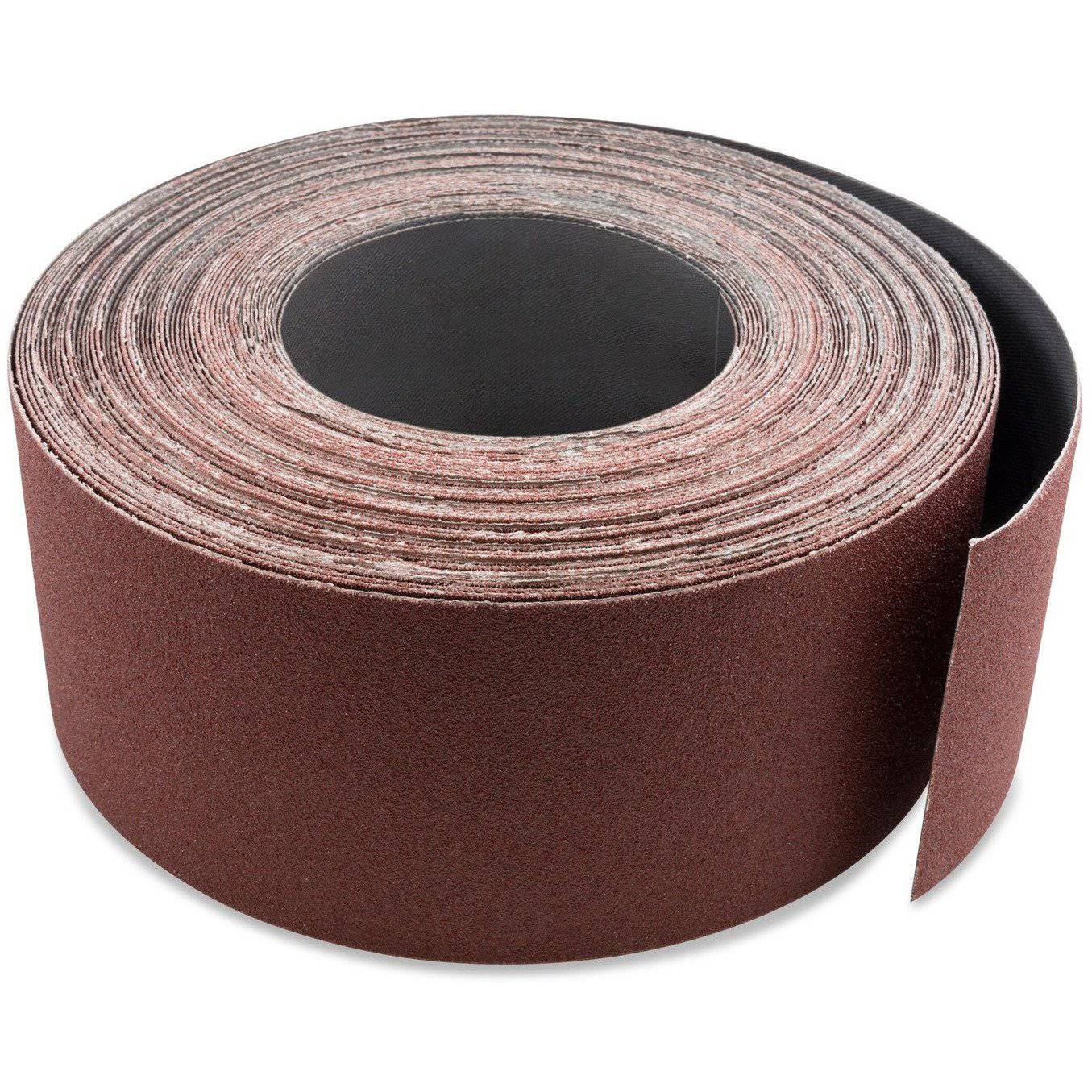
3 inch X 70 FT Woodworking Aluminum Oxide Cloth Drum Sander Strip Roll
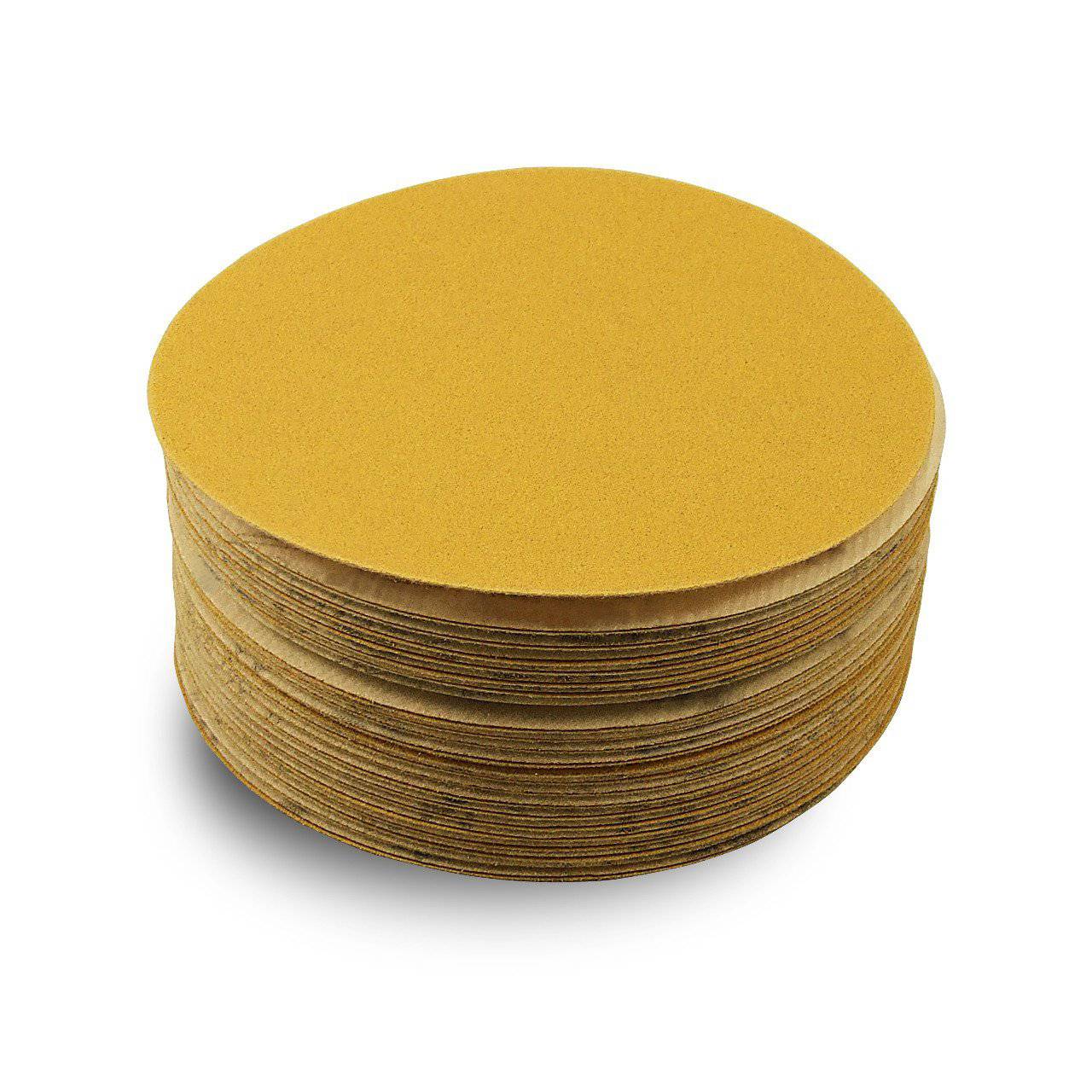
5 Inch Hook and Loop Gold Sanding Discs, 50 Pack
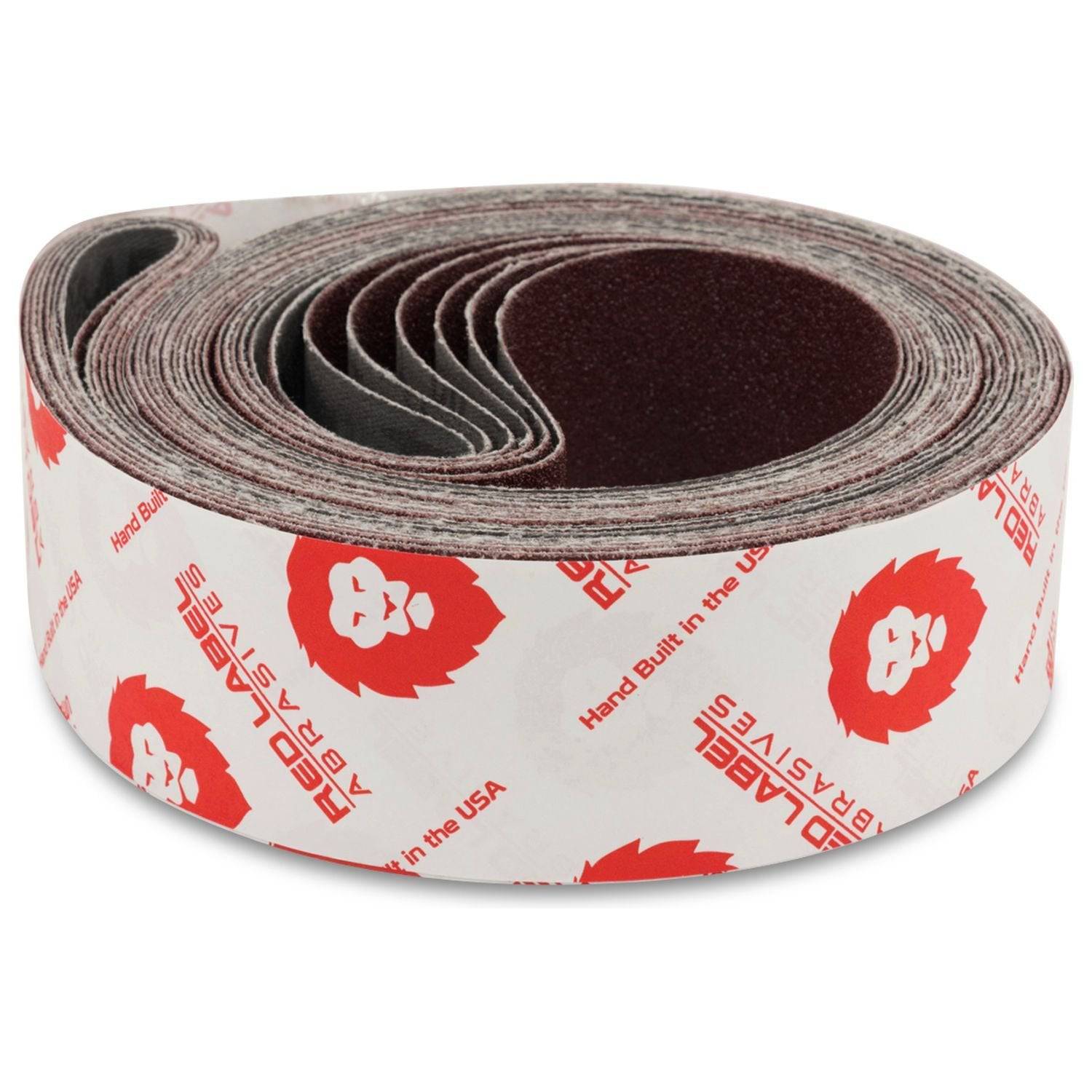
2 X 72 Inch Multipurpose Sanding Belts, 6 Pack
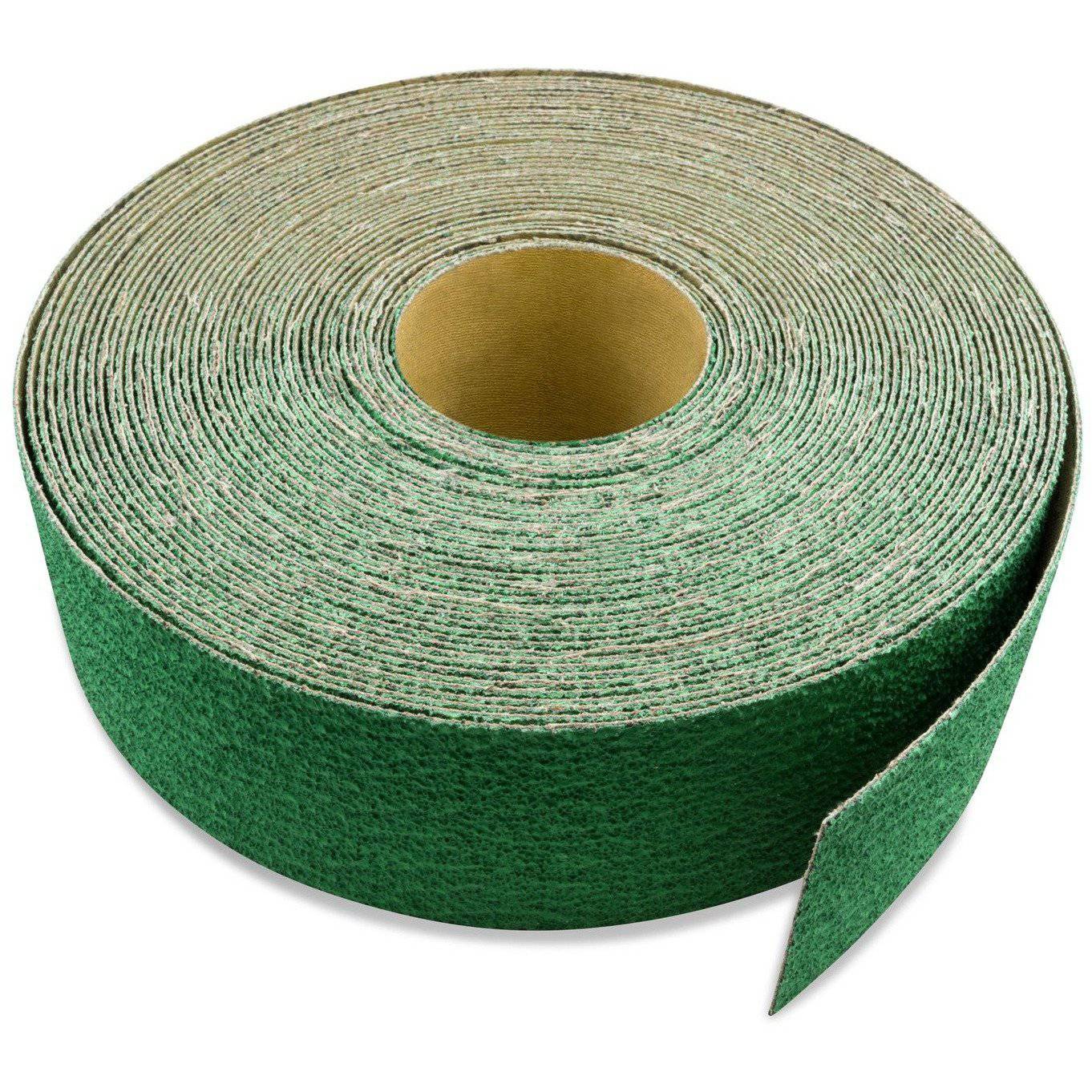
3 inch X 70 FT Premium Zirconia Woodworking Drum Sander Roll
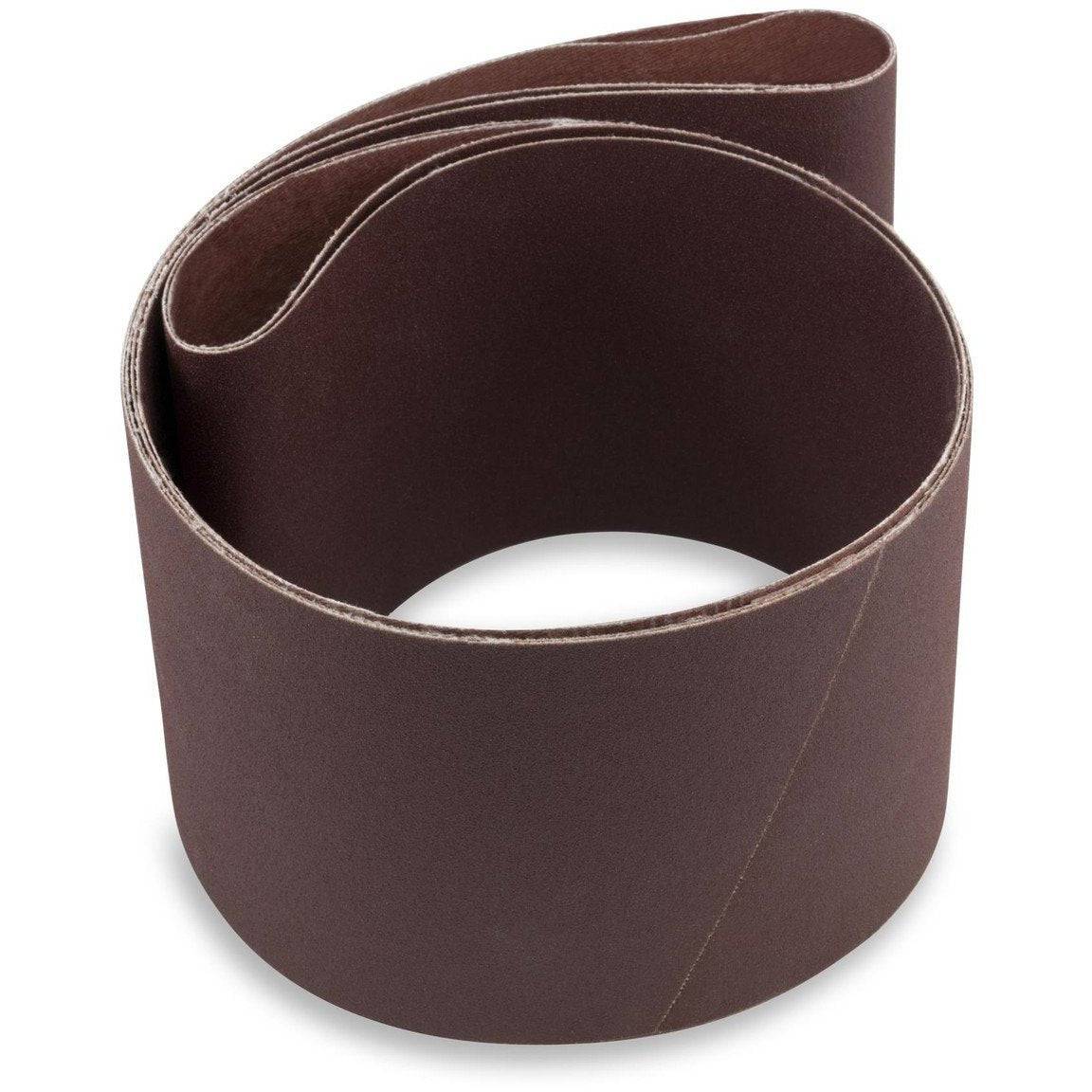
6 X 48 Inch Aluminum Oxide Wood & Non-Ferrous Sanding Belts, 2 Pack






